Choosing gooseberry varieties for planting in the country is always a difficult task for a gardener. After all I want to plant a plant that begins to bear fruit early, suffers little illness, and creates a minimum of difficulties with growing and harvesting. Currently, there are many good, productive varieties. I will try to help you choose the best gooseberry varieties. Here are just a few of them.
Early ripening gooseberry varieties
Spring. This variety is one of the earliest. The yield is average, more than 3 kg. The berries are round, yellow, weighing from 3 to 5 g. Very juicy, thin skin, great sweet taste. When ripe, they stay on the branches for a very long time, but the taste is lost over time. Bush more than a meter high. Winter-hardy, resistant to powdery mildew.
Eaglet. A very early variety. The height of the bush is about a meter, there are no thorns on the branches. Relatively productive, more than 6 kg are harvested from one plant. berries Ripe fruits are black in color and weigh 3–4 g, with a sweet and sour taste. Winter-hardy, well suited for cultivation in the middle zone. Resistant to powdery mildew. All types of preparations can be made from Orlyonka berries.
Spring. Very early. The height of the bush is about a meter. The shoots are powerful and hold the harvest well. There are thorns, but they are located on the lower part of the shoots and are quite rare. “Rodnik” is a consistently productive variety. More than 7 kg is collected from one plant. berries Large fruits (5 - 7 g) are distinguished by a delicate sweet and sour taste. Winter-hardy, resistant to powdery mildew. Disadvantages: ripe berries may fall off after heavy rain.
Medium ripening gooseberry varieties
Lefort seedling. The variety belongs to the mid-early variety. The bushes are powerful, tall, and require regular pruning. There are few thorns and only on the lower part of the shoots. It has stable productivity. 7 - 8 kg are collected from one plant. berries The fruits are sweet with a sour taste, thin-skinned with a waxy coating. This gooseberry variety is very winter-hardy and is well suited for cultivation in the northern regions. Relatively resistant to powdery mildew.
Russian yellow. WITHmid-season, bushes about a meter high, not very dense, with weak branching. The thorns are located on the lower part of the shoots. The yield is average, more than 4 kg are harvested from one plant. berries The taste of the fruit is sweet and sour, weight 4 - 5 g, covered with a waxy coating. Winter-hardy, drought-resistant, powdery mildew resistant.
Krasnoslavyansky. Mid-season, height about a meter. There are many thorns, evenly distributed on the shoots. The yield is good, up to 6 kg are harvested from the bush. berries Large fruits (5 - 6 g) are covered with a velvety coating, thanks to which they do not bake in the sun. The taste is sweet, dessert. Relatively winter-hardy variety. Resistance to powdery mildew is also average. More suitable for cultivation in the southern regions.
Malachite. Mid-season, height up to 1.5 m. Quite numerous thorns, evenly distributed on the shoots. The fruits are large (5 - 6 g), with thin skin, tender pulp, and a sour taste. The yield is average, up to 4 kg are harvested from a bush. berries This gooseberry variety is very winter-hardy and drought-resistant. Resistant to powdery mildew. Well suited for cultivation in northern regions. The purpose is mainly technical (juice, jam, compotes).
Kolobok. Mid-season. The bush is tall and requires regular pruning. There are few thorns. Fruit weight is from 4 to 7 g, sweet and sour taste, with a waxy coating. From 4 to 6 kg are collected from one plant. berries Relatively winter-hardy variety. More suitable for southern regions. Requires regular watering. Resistant to powdery mildew. Easily propagated by layering.
English yellow. Mid-season. The bush is compact, about a meter high. The thorns on the shoots are evenly spaced. The fruits are sweet, weighing 4 - 5 g. The yield is consistently very high. Up to 20 kg are collected from one plant. berries Winter-hardy, resistant to powdery mildew. This is an old and very famous variety of gooseberry. Disadvantages: with frequent waterlogging, ripe berries may crack.
Late ripening gooseberries
Chernomor. Medium late, height more than a meter. There are few thorns and they are located on the lower part of the shoots. The fruits taste sweet and sour, weighing 3 g. The yield is average, up to 4 kg are collected from the bush. berries This variety is very winter-hardy and drought-resistant. Resistant to powdery mildew. Excellent wine is made from Chernomor berries.
Russian red. Medium late, height about a meter. The thorns are located on the lower part of the shoots. The fruits have a sweet and sour taste and weigh from 4 to 6 g. Productivity is from 3 to 6 kg. This gooseberry variety is also very winter-hardy. Resistant to powdery mildew.
Date fruit. Medium late. The bush is powerful, very spreading. For "Date" it is necessary to allocate a larger area than for other gooseberry varieties. Thorns are only on the lower part of the shoots. The fruits are very large, up to 20 g. The taste is sour-sweet. The yield is always very high, up to 20 kg. from one bush. The yield and size of berries are greatly influenced by growing conditions and proper care. Main disadvantage: not resistant to powdery mildew. Winter-hardy, recommended for cultivation in the middle zone.
WE RECOMMEND READING:
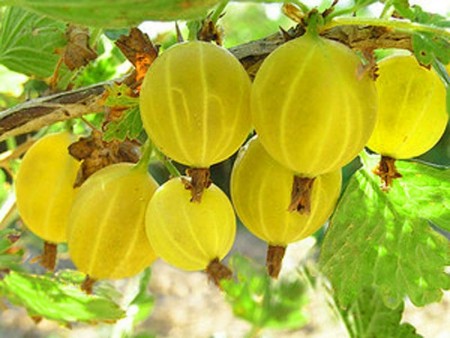
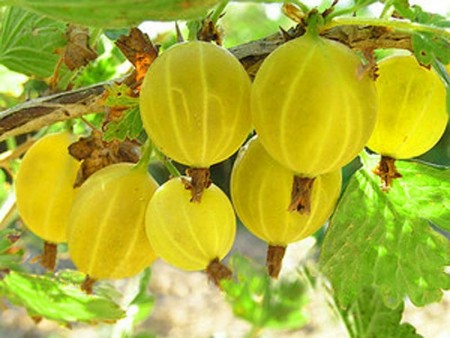
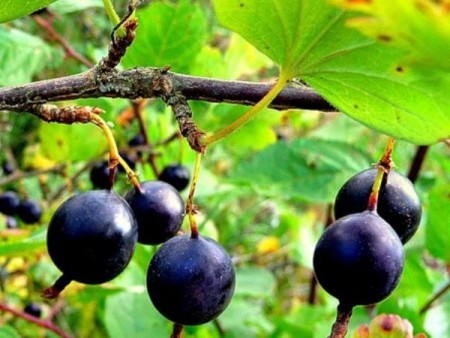
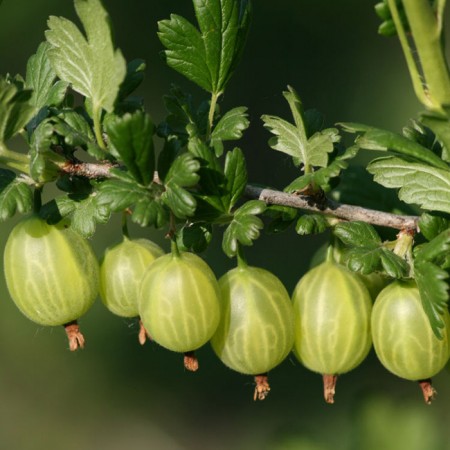
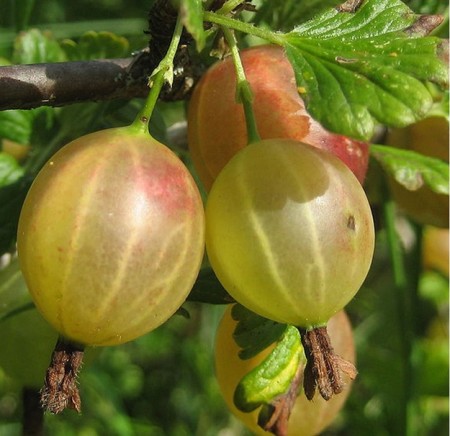

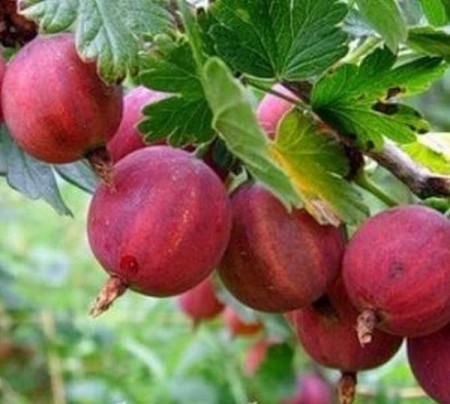
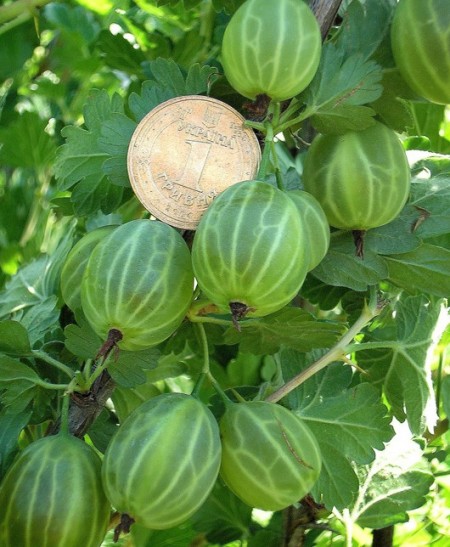

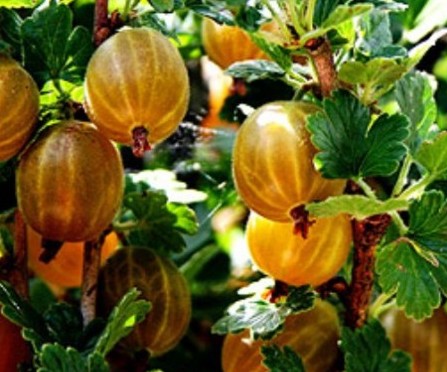

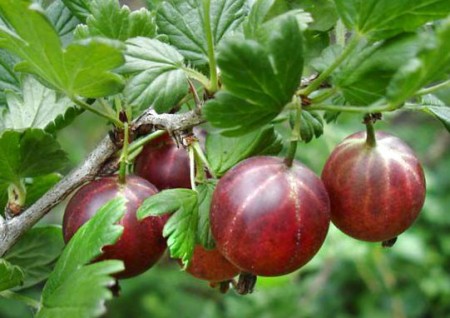
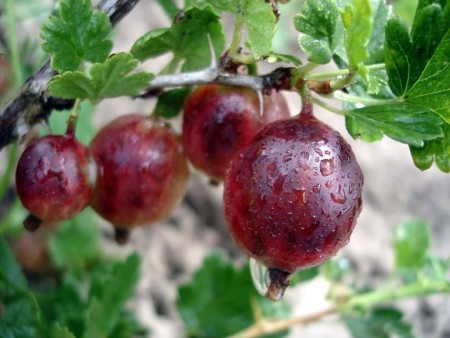

 CUCUMBERS NEVER GET SICK, I'VE BEEN USING ONLY THIS FOR 40 YEARS! I SHARE A SECRET WITH YOU, CUCUMBERS ARE LIKE THE PICTURE!
CUCUMBERS NEVER GET SICK, I'VE BEEN USING ONLY THIS FOR 40 YEARS! I SHARE A SECRET WITH YOU, CUCUMBERS ARE LIKE THE PICTURE! You can dig a bucket of potatoes from each bush. Do you think these are fairy tales? Watch the video
You can dig a bucket of potatoes from each bush. Do you think these are fairy tales? Watch the video
 How our fellow gardeners work in Korea. There is a lot to learn and just fun to watch.
How our fellow gardeners work in Korea. There is a lot to learn and just fun to watch. Eye trainer. The author claims that with daily viewing, vision is restored. They don't charge money for views.
Eye trainer. The author claims that with daily viewing, vision is restored. They don't charge money for views. A 3-ingredient cake recipe in 30 minutes is better than Napoleon. Simple and very tasty.
A 3-ingredient cake recipe in 30 minutes is better than Napoleon. Simple and very tasty. Therapeutic exercises for cervical osteochondrosis. A complete set of exercises.
Therapeutic exercises for cervical osteochondrosis. A complete set of exercises. Which indoor plants match your zodiac sign?
Which indoor plants match your zodiac sign? What about them? Excursion to German dachas.
What about them? Excursion to German dachas.
Date is a very good variety. I don’t know any more productive varieties like this.
It is necessary to choose gooseberry varieties that are resistant to various diseases. And then you’ll be tormented by powdery mildew to process the date.
On the same site I read how to deal with powdery mildew on gooseberries. It is necessary to water the gooseberry bush with boiling water in early spring and there will be no dew. There's even a photograph there.
I don’t really believe in all these “folk remedies”; they are of little use. As soon as I tried to remove aphids in a greenhouse, I tried all the recipes. And there is more and more of it. We don’t want to poison them with chemicals and the cucumbers and tomatoes will soon begin to sing.
Sergey V., I can’t tell you anything about aphids, but I’ve been treating my gooseberries with boiling water for many years. I can say for sure - it helps. And it even helps a lot. You can see the photo here: http://grown-en.tomathouse.com/planting-gooseberries/
I've been wanting to watch it for a long time, thanks
All varieties are good in their own way.
I completely share your opinion.